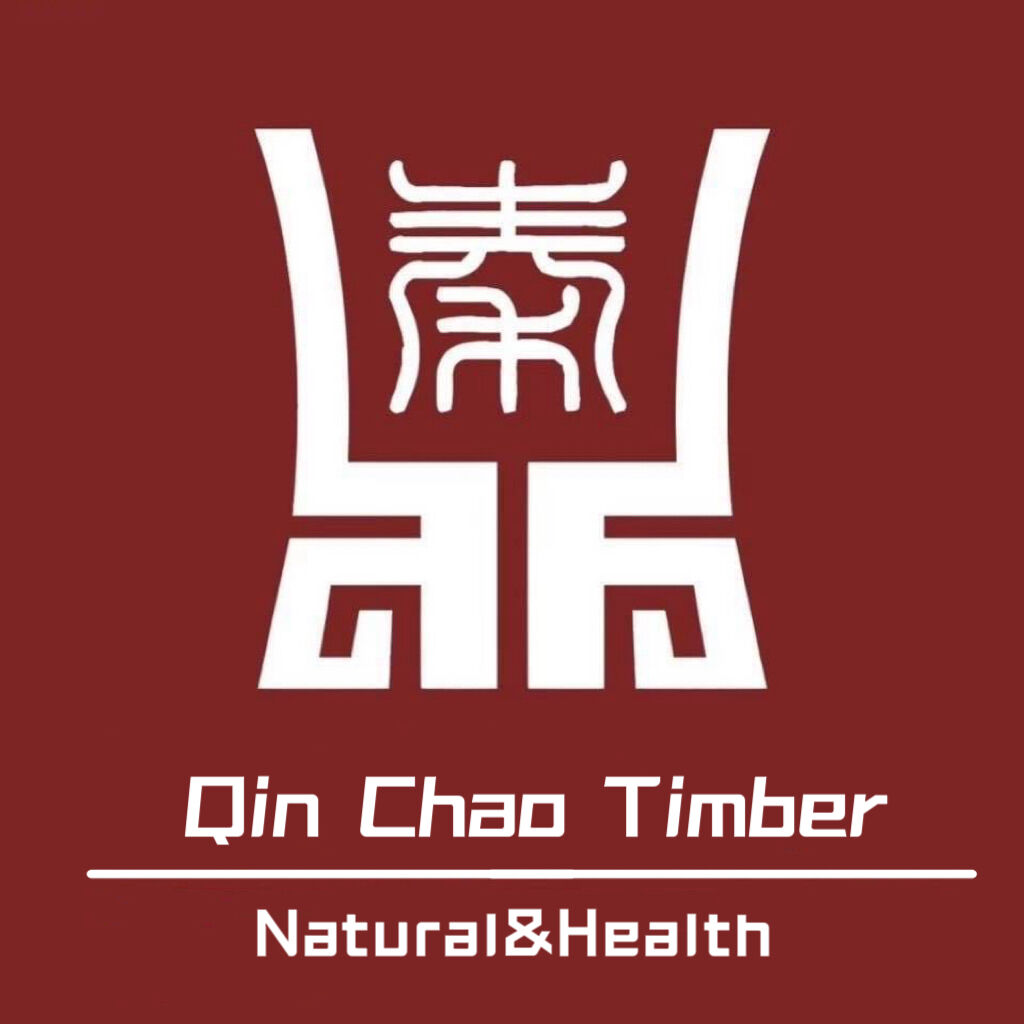Thermally modified pine has emerged as a sustainable and high-performance alternative in the wood industry, captivating the attention of architects, designers, and builders alike. Its enhanced durability, dimensional stability, and unique aesthetic appeal make it a material worth exploring in depth. This blog post delves into the various aspects of the durability of thermally modified pine, uncovering the science behind its resilience and why it's becoming a go-to choice for many applications.
The Thermal Modification Process
Thermal modification is a carefully controlled process that involves subjecting pine wood to high temperatures and steam in the absence of oxygen. Typically, the wood is heated in a specialized kiln to temperatures ranging from 180°C to 230°C (356°F to 446°F). At these elevated temperatures, several chemical and physical changes occur within the wood cells. The hemicellulose, a component of the wood's cell walls, breaks down and polymerizes, creating a more stable structure. This process effectively "locks" the wood fibers, reducing the wood's ability to absorb moisture. As a result, the modified pine becomes less prone to swelling, shrinking, and warping, which are common issues with untreated wood.
Resistance to Decay and Insects
One of the most significant advantages of thermally modified pine is its exceptional resistance to decay and insect attacks. The high temperatures during the modification process kill off any existing fungi, bacteria, and insects present in the wood. Additionally, the chemical changes that occur make the wood less palatable and less suitable as a food source for wood-destroying organisms. Unlike untreated pine, which is vulnerable to rot and infestation, thermally modified pine can withstand harsh outdoor conditions for extended periods. This makes it an ideal choice for outdoor applications such as decking, siding, and garden furniture, where exposure to moisture, sunlight, and pests is inevitable.
Weathering and UV Resistance
Exposure to the elements, especially sunlight and moisture, can cause significant damage to wood over time. Thermally modified pine, however, has better weathering resistance compared to regular pine. The reduced moisture absorption means that it is less likely to develop cracks and splits due to repeated cycles of wetting and drying. Moreover, the color of thermally modified pine changes to a rich, dark brown shade during the modification process. This darker color provides some natural protection against ultraviolet (UV) radiation, as it absorbs rather than reflects the harmful UV rays. While it still benefits from the application of a protective finish, thermally modified pine maintains its structural integrity and appearance longer when exposed to the sun.
Mechanical Properties and Longevity
Thermal modification also has a positive impact on the mechanical properties of pine. The process densifies the wood, increasing its hardness and strength. This enhanced mechanical performance contributes to the overall durability of the material, allowing it to withstand greater loads and stresses. Whether used in structural applications or for decorative purposes, thermally modified pine can offer a longer lifespan compared to untreated pine. With proper installation and maintenance, structures and products made from this material can serve their intended purposes for decades, making it a cost-effective option in the long run.
Environmental Considerations
In addition to its durability, thermally modified pine is an environmentally friendly choice. The process uses only heat and steam, without the addition of harmful chemicals such as preservatives or pesticides. This means that it can be safely used in a variety of settings, including around children and pets, and in applications where contact with food or water may occur. Furthermore, pine is a fast-growing tree species, and using thermally modified pine helps to promote the sustainable use of forest resources by extending the lifespan of the wood products.
Thermally modified pine's durability is a result of a combination of its unique modification process and the resulting changes in its chemical and physical properties. Its resistance to decay, insects, weathering, and its enhanced mechanical performance make it a highly versatile and reliable material. As we continue to seek sustainable and long-lasting building and design solutions, thermally modified pine is sure to play an increasingly important role in various industries.


 Products
Products